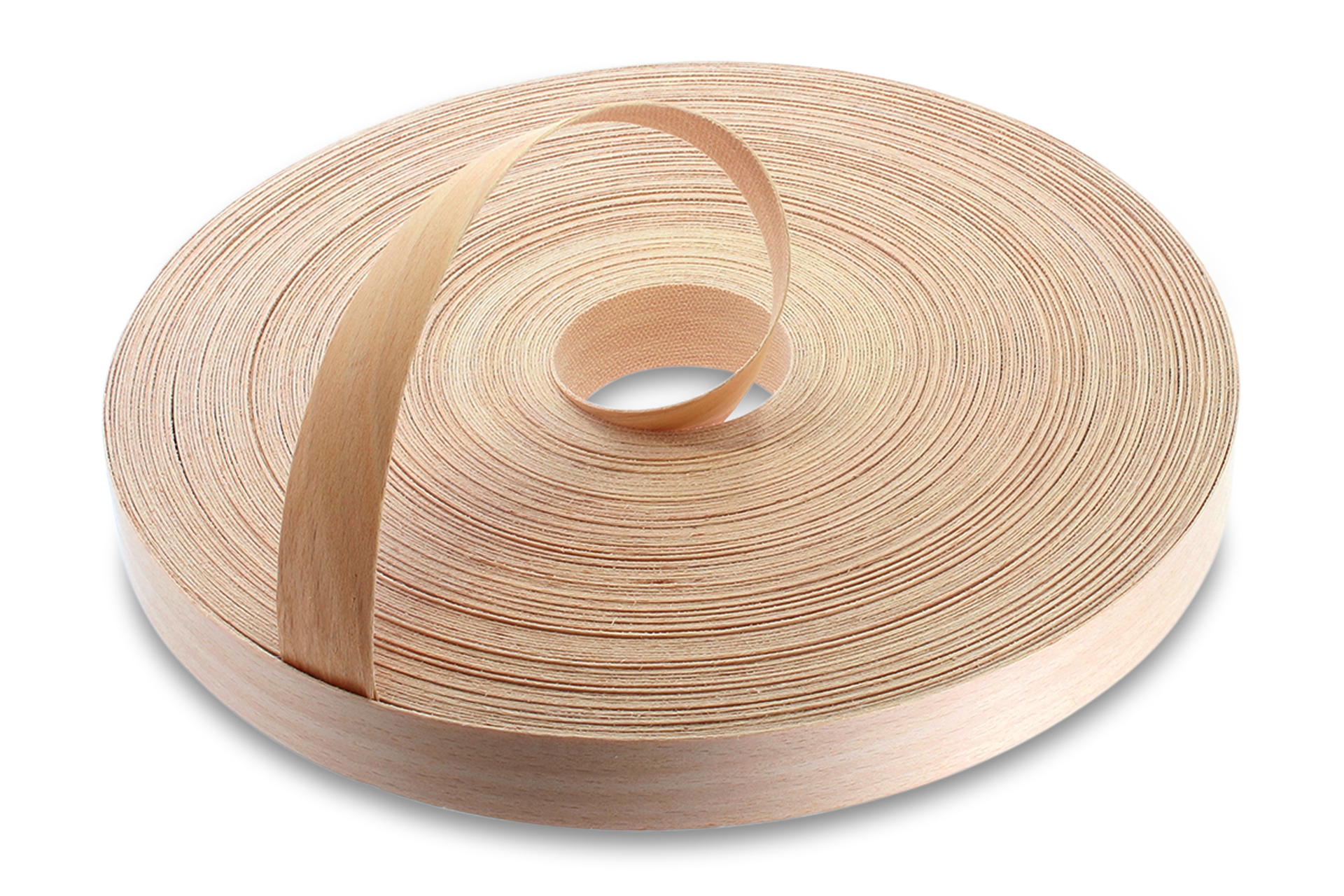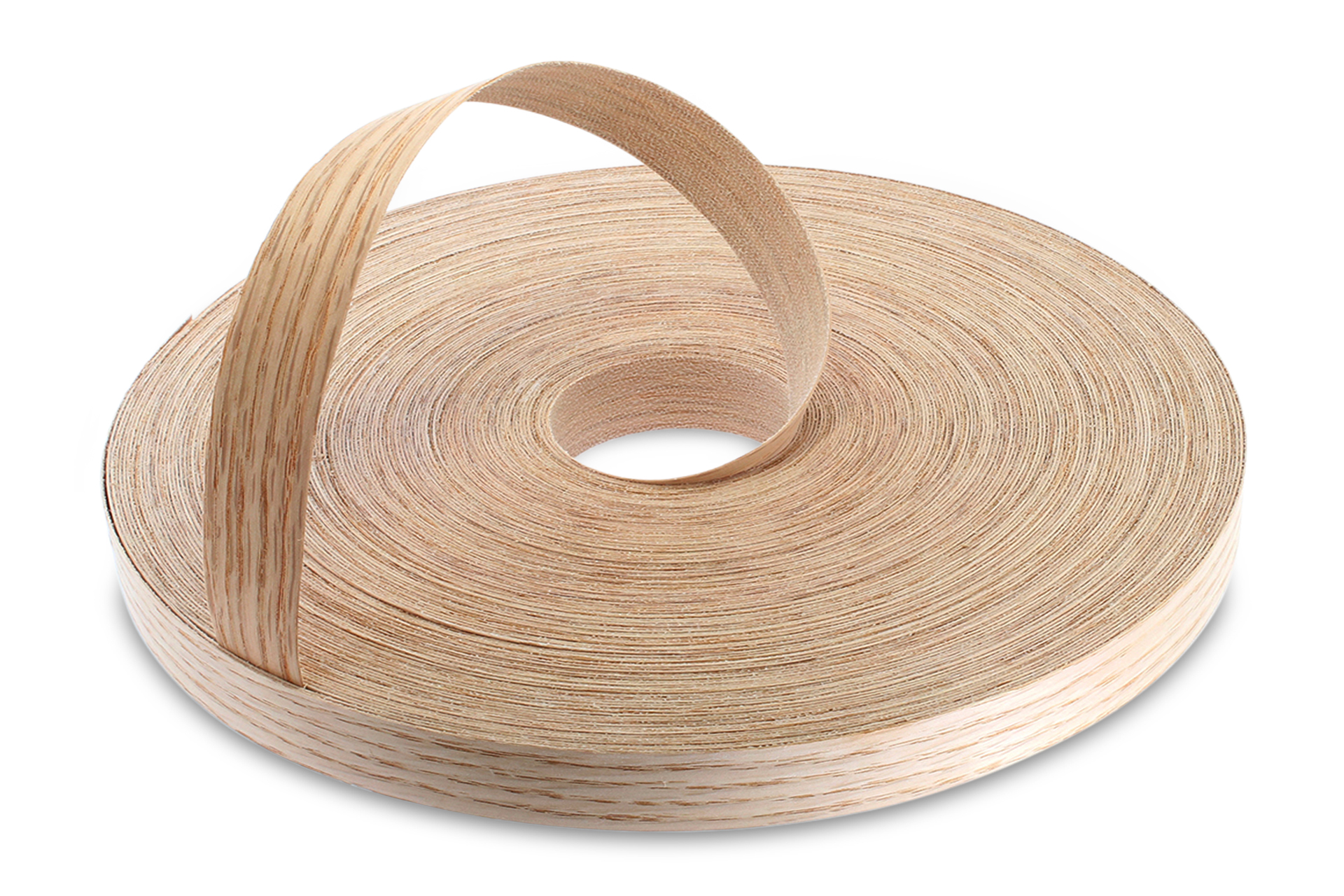-
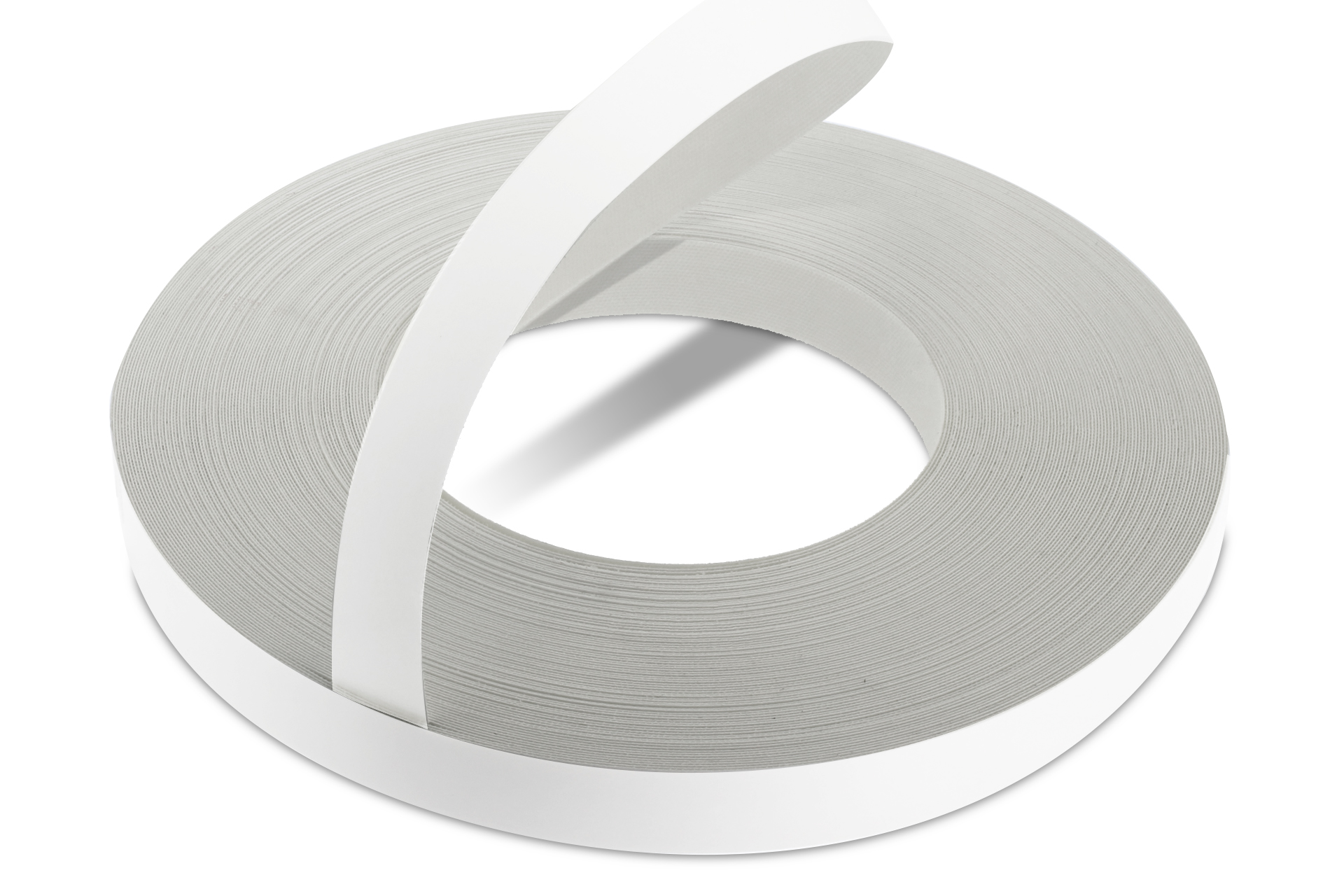 WoodPress® White Matt Melamine Edge Banding - Pre-Glued Iron-On Tape - 50m Length Roll
£14.96 – £24.96 + VAT (£17.95 - £29.95 inc. VAT)
WoodPress® White Matt Melamine Edge Banding - Pre-Glued Iron-On Tape - 50m Length Roll
£14.96 – £24.96 + VAT (£17.95 - £29.95 inc. VAT) -
 WoodPress® White Pearl Melamine Edge Banding - Pre-Glued Iron-On Tape 50m Length Roll
£14.96 – £24.96 + VAT (£17.95 - £29.95 inc. VAT)
WoodPress® White Pearl Melamine Edge Banding - Pre-Glued Iron-On Tape 50m Length Roll
£14.96 – £24.96 + VAT (£17.95 - £29.95 inc. VAT) -
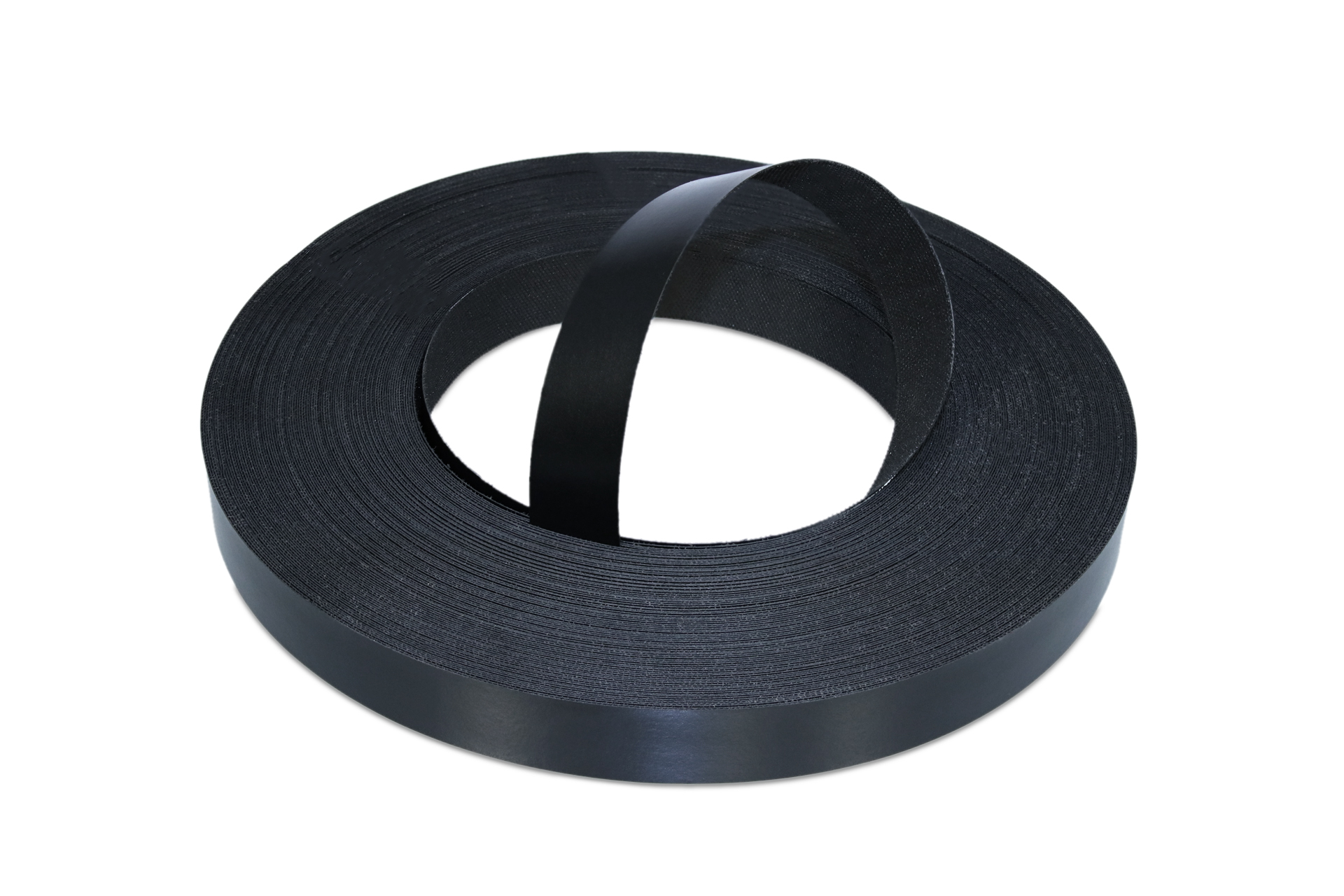 WoodPress® Black Matt Melamine Edge Banding - Pre-Glued Iron-On Tape - 50m Length Roll
£14.96 – £24.96 + VAT (£17.95 - £29.95 inc. VAT)
WoodPress® Black Matt Melamine Edge Banding - Pre-Glued Iron-On Tape - 50m Length Roll
£14.96 – £24.96 + VAT (£17.95 - £29.95 inc. VAT)
Best Woodworking Project Ideas For Beginners
Entering the world of woodworking as a beginner can be daunting; we’ll explore some accessible project ideas for beginners…
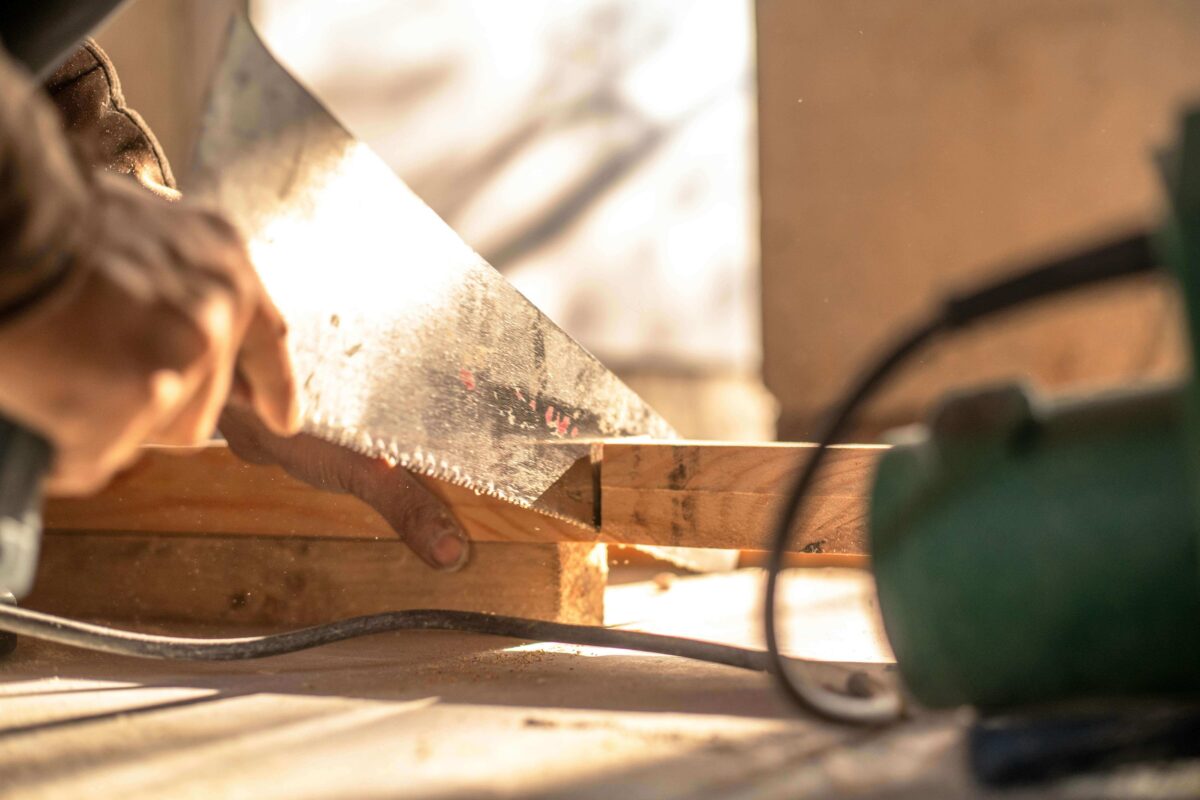
So you want to get into woodworking? Expect a rabbit hole of techniques to perfect and a biblical list of necessary tools for executing them. You might be tempted to jump straight into a project which quickly reveals hidden complexities, such as building a dining table or rocking chair. But just hold yer horses a mo, and remember “simple scales; complex fails”. The beauty of woodwork is we’re all beginners here to some capacity, so let’s begin well!
Below are some woodworking project ideas for beginners, many of which require only hand tools and simple techniques:
Hand Tools of the Trade
Fancy equipment? Remember, woodworking existed long before the invention of the mechanical saw! Below are some go-to hand tools for woodworkers…
- Hand Saw: A hand saw is a great alternative to a mechanical saw for cutting wood to the desired size or shape in woodworking projects. While it requires more physical effort, it offers better control and precision.
- Sanding Paper/Sanding Block: Sand paper is used to even out the surface of the wood, it can be used to prepare the surface for adhesion, to provide a more even finish and to remove imperfections.
- Hand Plane: A hand plane is used to smooth the surface of the wood by shaving off thin layers. This provides an even surface, adjusts the width of the wood, and fine tunes the appearance of the wood for a better result.
- Clamps: clamps are used to hold pieces of wood securely in place while sawing, gluing or assembling. They are primarily used to hold pieces of wood together when cluing to ensure a secure bond.
- Wood Glue: Wood glue is used to attach pieces of wood together and it a key material for any wood worker. See our guide to wood glue for more information (link wood glue blog).
- Finish (such as oil or varnish): Finish is used in the final step of a wood working project to protect the surface of the wood for wear, enhance the woods appearance and prevent moisture from entering, although no finish can make wood completely waterproof.
- Wood Scraps: Of course, for any wood working project you will need wood, however you don’t necessarily need to buy a plank for your first wood working project, you may want to start with some wood scraps.
- Work Bench/Workspace: You don’t necessarily need a workbench to do woodworking but it is important to have a clear workspace, since woodworking can take a lot of room and the tools are quiet dangerous.
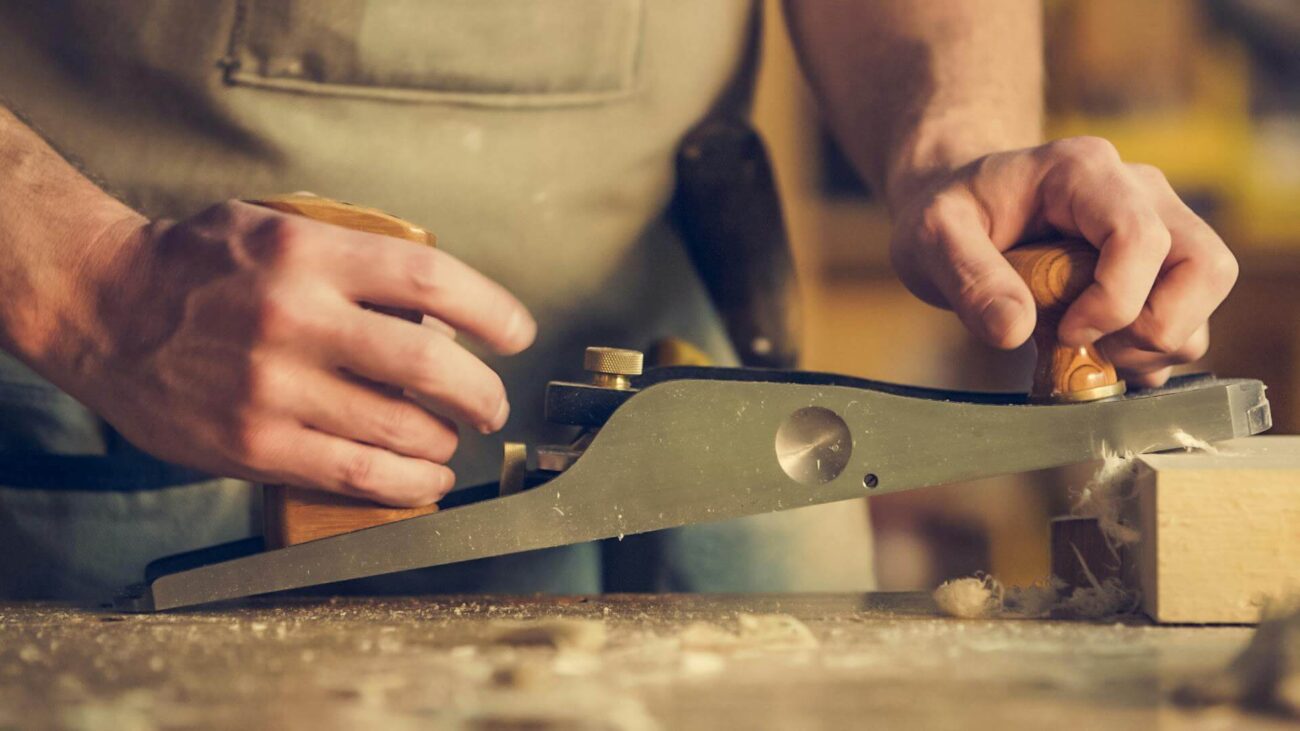
A note about species of woods and hand tools; it’s important to know which woods work best with them. Species such as beech, walnut, soft maple (see: https://tropicalforestproducts.com/hard-maple-vs-soft-maple-how-to-tell-them-apart) poplar, and cherry are great choices to start with. These woods are easy to cut with a handsaw and work well with other common hand tools. They are also relatively soft, making them more manageable while you are learning.
Now you have your hand tools sorted, let’s dive into some project ideas…
Coasters
Everyone needs coasters and they need only a small amount of wood stock, and basic hand tools, making them a fun, practical item for the home or as a gift.
You can make coasters using just a hand saw, a sanding block, some scrap wood, and a hard wax oil finish.

Cutting Board
A cutting board is a slightly more advanced but manageable project for beginners. While hand tools can be used, power tools like an electric planer and jointer make the process easier, especially for larger boards, so ideally, start with making a small cutting board.
The best wood for cutting boards is a hardwood with a closed grain, such as maple, walnut, or cherry. They are durable, somewhat moisture-resistant, and less prone to warping. Closed-grain woods also resist knife damage and prevent bacteria buildup. A finish like mineral oil or beeswax helps protect and maintain the wood.
Chessboard
If a cutting board feels too easy of a challenge, creating your own chessboard could be the perfect next step. This project requires two types of hardwood (often contrasting colours like maple and walnut), a planer, clamps, wood glue, and a saw. If you have successfully made a cutting board, you are likely capable of making a chessboard too! It’s a great way to build on your skills, plus it definitely will impressive friends and family once completed!
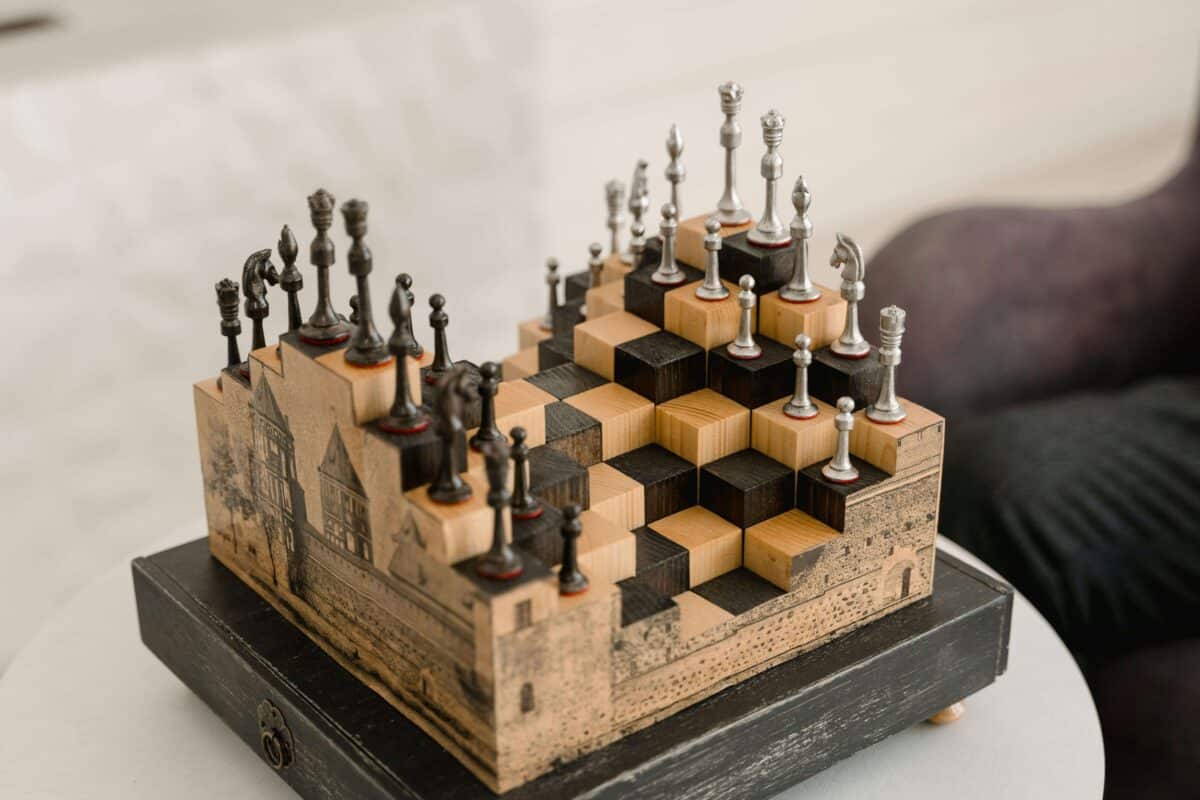
Picture Frame
Picture frames are brilliant projects for beginners to learn cut precision, especially at tricky angles. The tools you’ll need are simple; a mitre saw or hand saw, wood glue, wood scraps, clamps, and a sanding block. While the tools are straightforward, the project can still be challenging for a beginner. Getting the measurements right can be tricky, but it’s a fantastic way to improve your woodworking skills for later, more complex projects.
Toolbox with Dovetail Joints
Making your first toolbox is a rite of passage for every new woodworker. Not only are they easy to make, but they also come in handy. The best part is you can build one using just your new hand tools, that will eventually fit inside it.
Making wooden boxes necessitate joints (the non-smokable ones lol; not advised while woodworking!). If you are trying a classic dovetail joint for the first time, it’s a good idea to start by making one wide-tail instead of several smaller ones. This approach makes the process simpler.
Wide dovetail joints are similar to standard dovetail joints but feature only one tail and one pin per joint. The tail and pin are typically as wide as the sides of the wood being joined, providing a simple yet strong connection.
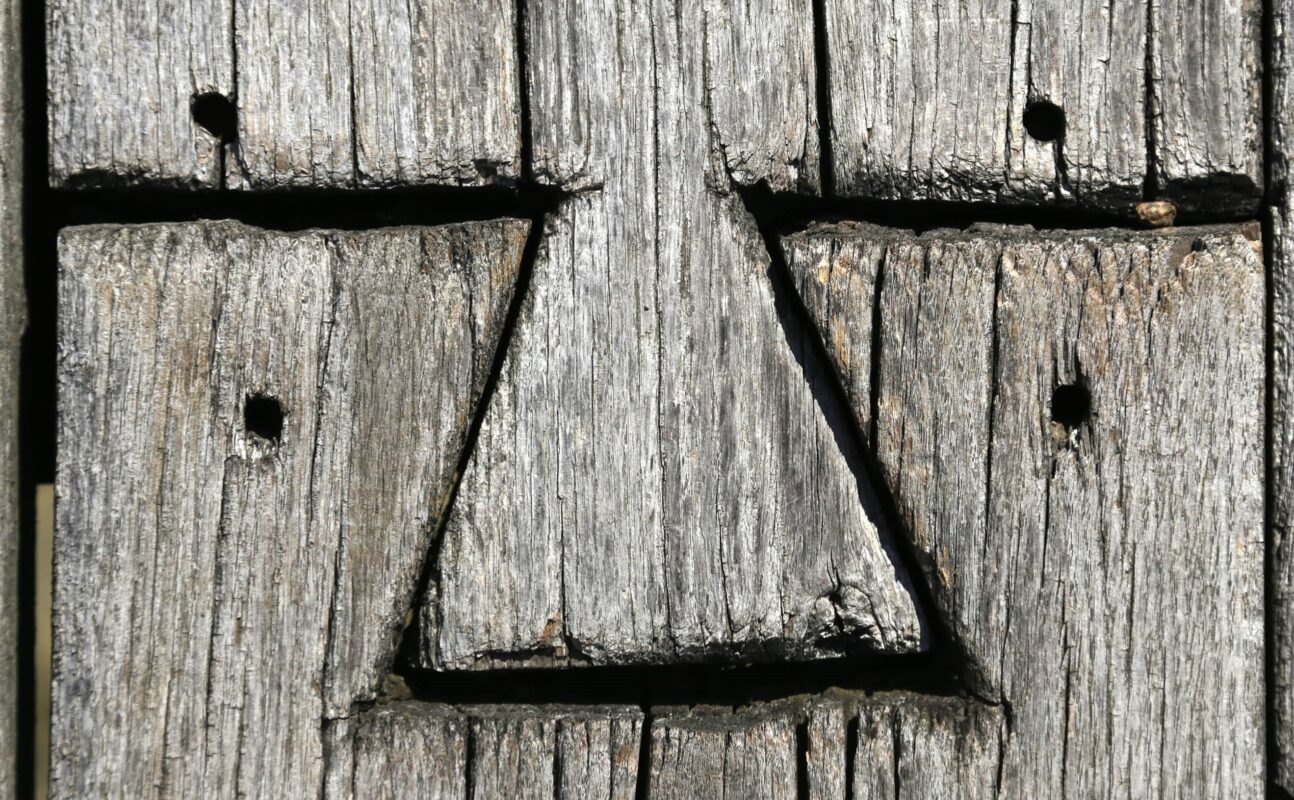
Conclusion
Woodworking as a beginner can be both challenging and rewarding. Starting with simple projects, like coasters, picture frames, or even a toolbox, helps you build the foundational skills that will serve you well as you progress. As you tackle these projects, you’ll learn how to choose the right materials, make precise cuts, and develop an understanding of how different joints and finishes work together.
The key is to start small, practice, and gradually increase the complexity of your projects. Remember, each project is an opportunity to improve your skills, and with patience and perseverance, you’ll soon be ready to tackle more advanced woodworking challenges.



